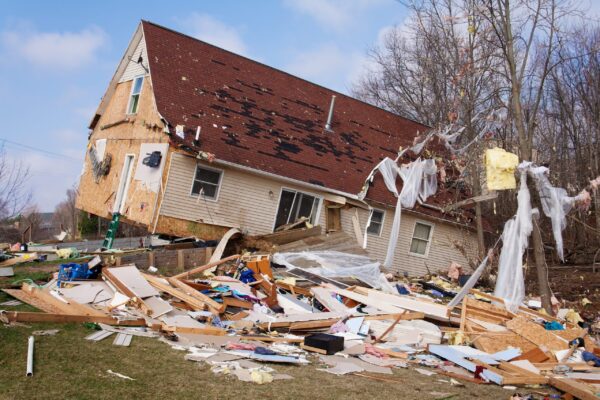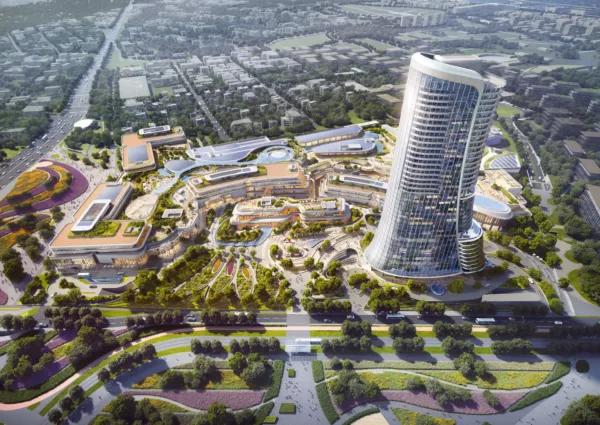
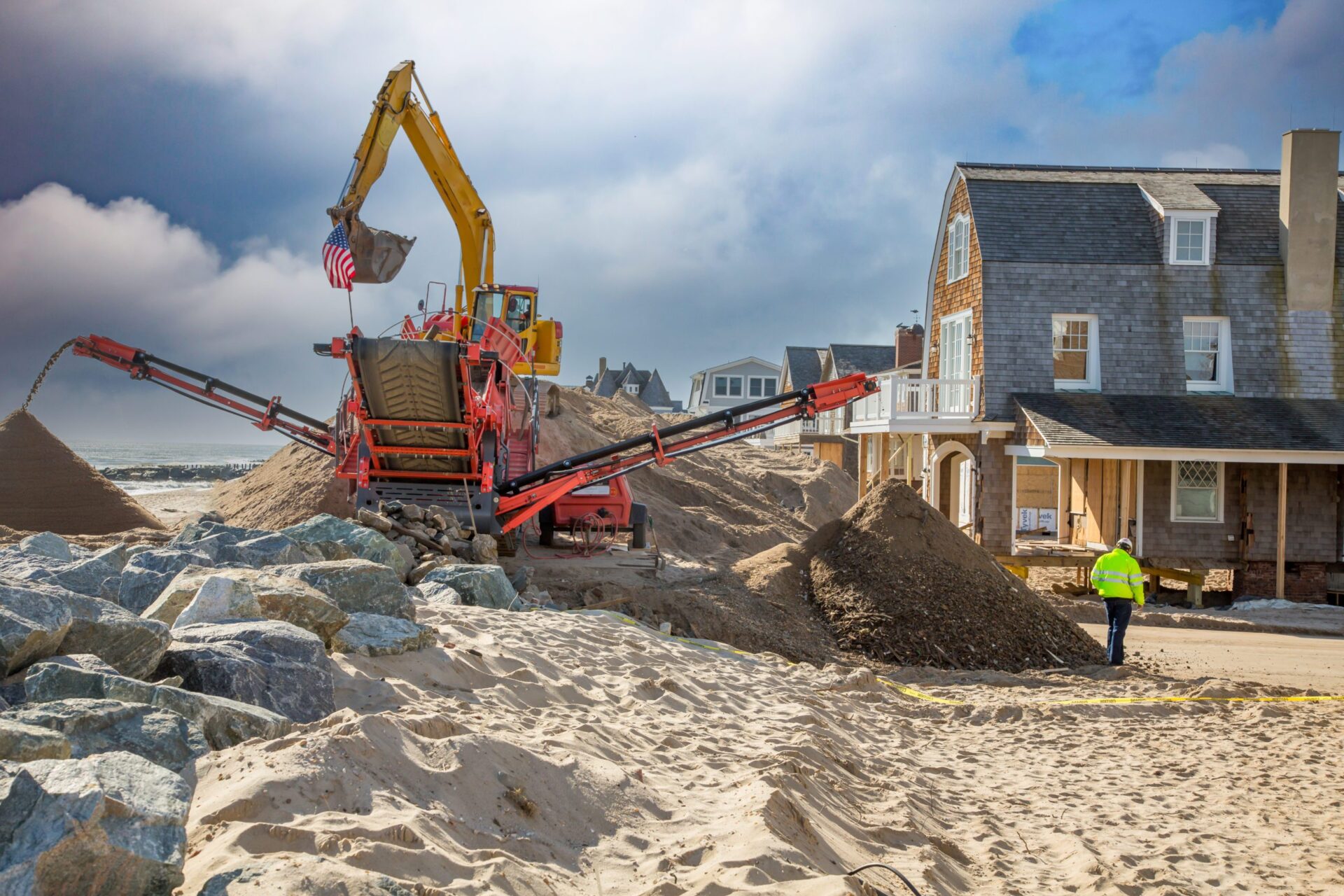
Almost any project is subject to the risk of damage from stormwater, storm surges, and other weather-related events. Increasingly, owners are also considering the impact of rising sea levels on their projects and programs and implementing resiliency measures to protect their investments over the long-term.
Hill International, Inc., as part of our Resiliency and Disaster Recovery suite of services, is helping to manage major flood mitigation projects around the world for our infrastructure and development clients. Our experience ranges from managing the design and construction of new seawalls, green features, and drainage in busy urban areas to large brownfield developments that will revitalize huge swaths of Mediterranean and Caribbean coastlines. Our teams of experts bring the tools and techniques from these assignments to your next project, helping to ensure the work is prepared to withstand rising seas and storm surges and that your residents, end-users, and other stakeholders are well protected against future storm events.
Rebuild By Design: Flood Mitigation in the Most Densely Populated Part of the U.S.
Hill is providing project and construction management services to the New Jersey Department of Environmental Protection (DEP) under a contract with the New Jersey Division of Property Management and Construction (DPMC) for flood mitigation and environmental infrastructure projects. Currently, the Hill team is supporting two Rebuild by Design (RBD) projects. These projects originated with a design competition sponsored by the U.S. Department of Housing and Urban Development (HUD) to find effective ways to protect people, homes, businesses, and infrastructure, and to increase resilience in regions affected by Superstorm Sandy. At the conclusion of the RBD competition, HUD selected two projects for New Jersey. The state received Community Development Block Grant-Disaster Recovery (CDBG-DR) funds to implement these projects, which are detailed below:
THE RBD HUDSON RIVER PROJECT
Nearing completion, the RBD Hudson River project takes a multi-faceted approach to address flooding from both major storm surges and high tides as well as from heavy rainfall events. The project addresses flooding areas in Hoboken, Weehawken, and Jersey City, which are all highly developed and contain critical transit, commercial, residential, and cultural resources. The state received $230 million in CDBG-DR funds to implement this project. The Hudson River Project’s approach to flood reduction and resiliency consisted of four interrelated components:
Resist: A combination of hard infrastructure (such as bulkheads, floodwalls, raised roadways, and seawalls) and soft landscaping features (such as berms and/or levees which could be used as parks) act as barriers along the coast during exceptionally high tide and/or storm surge events.
Delay: Policy recommendations, guidelines, and urban green infrastructure to slow stormwater runoff.
Store: Green and grey infrastructure improvements (such as bioretention basins, swales, and green roofs) slow down and capture stormwater.
Discharge: Development of new stormwater lines and pumping facilities support Delay and Store infrastructure.
Hill’s scope of services includes assisting the DEP in managing the Hudson River RBD project throughout the project life cycle. The first work order was for the Feasibility Study and Environmental Impact Statement (FS/EIS) phases, with an emphasis on meeting goals relating to project deliverables, schedule, budget, scope, and quality. The team also assisted the DEP attaining final approval from HUD for the EIS, Action Plan Amendment (APA), and Record of Decision (ROD). In addition, we assisted with selection of the design team to complete design and move the project into construction.
THE RBD MEADOWLANDS PROJECT
Hill is providing construction management services on the RBD Meadowlands Project. This is a multi-year effort to plan, design, and implement various flood reduction and resiliency measures, including raised roadways, berms, and drainage features. New Jersey will receive $150 million in CDBG-DR funds to implement “Pilot Area 1” of the flood mitigation project known as the “New Meadowlands – Protect, Connect, Grow”. Pilot Area 1 encompasses portions of the towns of Carlstadt, Little Ferry, Moonachie, South Hackensack, and Teterboro. Currently, Hill is assisting the DEP in determining the best, most cost-effective way to implement comprehensive flood protection as well as reviewing the designer’s FS/EIS for the project.
Protecting Commerce, Tourism, and Growth: Resiliency on MDAD’s $5 Billion Airport CIP
Hill is providing program management services for the Miami-Dade County Aviation Department’s (MDAD) Capital Improvement Program (CIP). The program encompasses Miami International Airport as well as all the County’s executive and general aviation airports and will support modernization projects over the next 15 years. These improvements accommodate growth at MDAD’s airports, with total passengers expected to reach 60 million annually over the life of the program.
The CIP at Miami International Airport is composed of five sub-programs: the redevelopment of Central Terminal; the expansion of the South Terminal; renovations to North Terminal gates to accommodate additional wide-and narrow-body aircraft and larger regional jets; two new hotels; miscellaneous landside projects; and expanded aircraft parking and warehouses for cargo operations. Specific elements of these sub-programs include power transmission, aircraft refueling facilities, apron and ramp expansions, roadway and bridge improvements, a bus maintenance facility, and numerous terminal and concourse upgrades, expansions, and renovations to enhance and protect the passenger experience.
To provide all CIP projects with a robust resiliency framework, the Hill team is working with the owners, stakeholders/end-users, designers, and contractors to make certain all projects integrate resiliency principles and meet local, state, and Federal code requirements, including Sea Level Rise Ordinance compliance.
The Hellinikon: Europe’s Largest Waterfront Regeneration Program Requires Big-Scale Resiliency Management
Hill was recently selected by LAMDA Development to provide project management services for the Infrastructure and Landscape Program of the Hellinikon Project. The Hellinikon is Europe’s largest waterfront urban regeneration program and involves the redevelopment of the site of the former Athens International Airport and additional adjacent plots. The Hellinikon is located just 8 km southwest of Athens’ city center and comprises an area of approximately 6.2 million SM (620 hectares). For comparison, the site is three times the size of Monaco, and enjoys a magnificent 3.5 km waterfront along the Athenian coastline as well as a marina.
Inspired by LAMDA Development and master-planned by internationally acclaimed design firm Foster & Partners, the Hellinikon Project is a mega development with a total planned investment of more than $9.5 billion, with work planned in phases over the next 15 years. LAMDA’s vision for the Hellinikon is to create a landmark destination for Athens anchored by a world-class park fostering sustainability, enhancing connectivity, and transforming the waterfront through integration with the park. Essentially, the Hellinikon will realize a new “city within the city” and once complete will include a spectrum of uses and typologies, including residential, hospitality, cultural, educational, healthcare, and others—all of which must be protected against stormwater and rising sea levels.
Hill is supporting the development’s Infrastructure & Landscape Program, which involves the construction of all new roadworks and utility networks, the development of the Metropolitan Park and other open areas, 50 km of pedestrian and bicycle paths, marine works to upgrade the waterfront, the creation of a 1 km long public beach, wastewater management plants, and other works.
Given the scope and location of the development, resiliency against weather and other events is key to overall success. For the Infrastructure and Landscape Program, the Hill team will help ensure compliance of the works execution with all applicable resiliency regulations and standards, including elevations and floodwalls, and confirming plantings and other landscape features can support resiliency functions.
Hill’s Management Delivers Mitigation Results
On our assignments, Hill works with all project stakeholders, team members, and the impacted community to achieve projects that realize our clients’ vision on time and within budget. This maxim applies doubly to our resiliency projects, as avoidable delays can compromise safety and result in catastrophic damages. Our resiliency experts understand the importance of mitigation projects and programs and will work with your team to deliver results that comply with all funding sources and regulations and meet budget and schedule goals.
Share
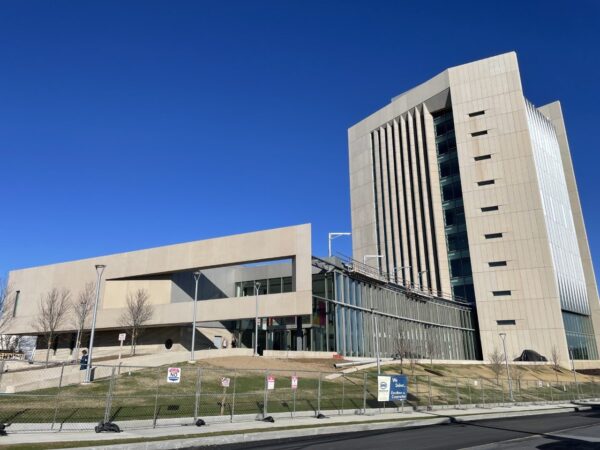
April 11, 2024 | Articles
A Model Move: Managing Move-In at the Sylvia H. Rambo U.S. Courthouse

April 8, 2024 | Articles

April 4, 2024 | Articles
Driving Growth and Seizing Opportunity: Lukasz Marcinkiewicz Joins Hill as Country Manager, Poland

April 1, 2024 | Articles

March 27, 2024 | Articles
Building the Future: Women’s Leadership and Community Engagement in the Construction Industry

March 25, 2024 | Articles
Leveraging Data Analytics and Dashboards for Enhanced Project Performance
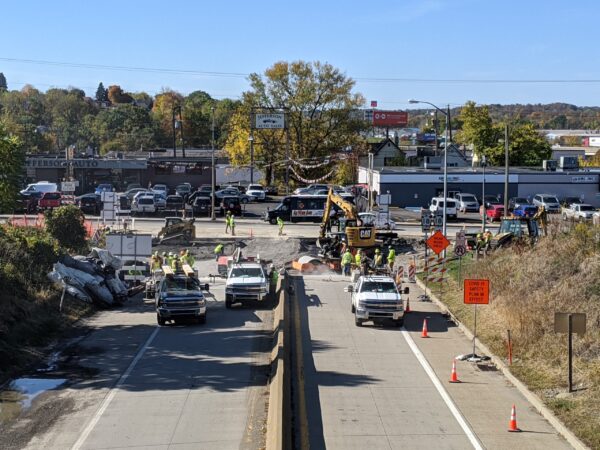
February 26, 2024 | Articles
Continuity, Creativity, and Collaboration: Delivering PennDOT’s Route 18 Signal Upgrade
We and use cookies and other tracking technologies to improve your experience on our website. We may store and/or access information on a device and process personal data, such as your IP address and browsing data, for personalised advertising and content, advertising and content measurement, audience research and services development. Additionally, we may utilize precise geolocation data and identification through device scanning.
Please note that your consent will be valid across all our subdomains. You can change or withdraw your consent at any time by clicking the “Consent Preferences” button at the bottom of your screen. We respect your choices and are committed to providing you with a transparent and secure browsing experience.
| Cookie | Duration | Description |
|---|---|---|
| cookielawinfo-checbox-analytics | 11 months | This cookie is set by GDPR Cookie Consent plugin. The cookie is used to store the user consent for the cookies in the category "Analytics". |
| cookielawinfo-checbox-functional | 11 months | The cookie is set by GDPR cookie consent to record the user consent for the cookies in the category "Functional". |
| cookielawinfo-checbox-others | 11 months | This cookie is set by GDPR Cookie Consent plugin. The cookie is used to store the user consent for the cookies in the category "Other. |
| cookielawinfo-checkbox-necessary | 11 months | This cookie is set by GDPR Cookie Consent plugin. The cookies is used to store the user consent for the cookies in the category "Necessary". |
| cookielawinfo-checkbox-performance | 11 months | This cookie is set by GDPR Cookie Consent plugin. The cookie is used to store the user consent for the cookies in the category "Performance". |
| viewed_cookie_policy | 11 months | The cookie is set by the GDPR Cookie Consent plugin and is used to store whether or not user has consented to the use of cookies. It does not store any personal data. |




